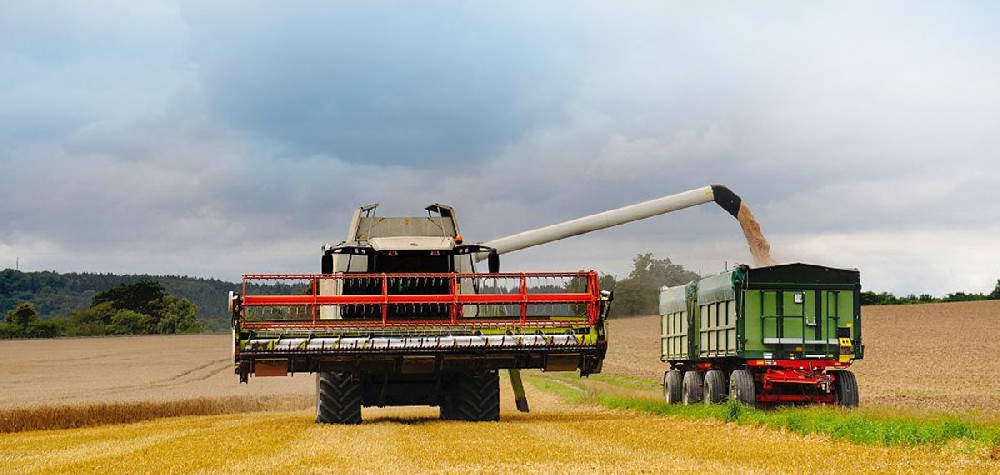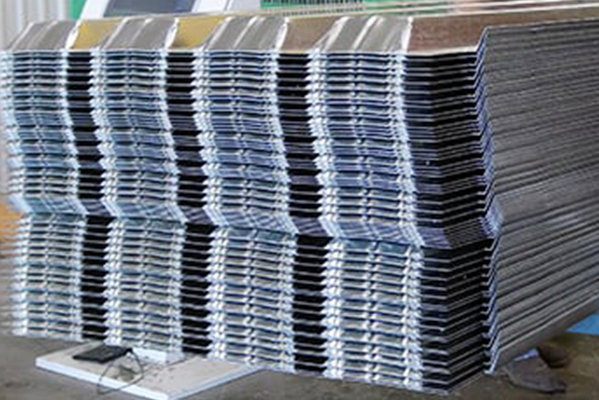Navigation Menu
Contact Us
- Email:
- info@wxavatar.com
- Address:
- Yurong Village, Yuqi Street, Huishan District, Wuxi, China.
Release Date:Jul 05, 2025 Visit:27 Source:Roll Forming Machine Factory
In modern warehousing and logistics, efficiency and accuracy are critical for meeting customer demands and maintaining competitive operations. Robotic stacking solutions have emerged as a valuable tool for enhancing warehouse productivity. These automated systems streamline material handling processes, reduce operational costs, and improve workplace safety. This article explores the key ways robotic stacking solutions contribute to warehouse efficiency.

1. Increased Operational Speed
Robotic stacking systems operate continuously without fatigue, significantly speeding up the loading, unloading, and palletizing processes. Unlike manual labor, which is subject to breaks and varying work speeds, robots maintain consistent performance, reducing cycle times and increasing throughput. This allows warehouses to process more orders in less time, improving overall productivity.
2. Enhanced Accuracy and Reduced Errors
Manual stacking can lead to misplaced items, uneven pallets, or damaged goods due to human error. Robotic stacking solutions use advanced sensors and precision programming to ensure items are placed correctly every time. This minimizes product damage, reduces waste, and improves order accuracy, leading to better customer satisfaction and fewer returns.
3. Optimized Space Utilization
Robotic stacking systems can be programmed to arrange goods in the most space-efficient configurations. By maximizing vertical storage and organizing pallets more effectively, warehouses can store more inventory within the same footprint. This is particularly beneficial for facilities with limited space, allowing them to expand storage capacity without requiring additional square footage.
4. Reduced Labor Costs and Workforce Strain
Labor shortages and rising wages are ongoing challenges in the logistics industry. Robotic stacking solutions help mitigate these issues by automating repetitive and physically demanding tasks. This reduces reliance on manual labor, lowers long-term operational costs, and allows human workers to focus on higher-value tasks such as quality control and system supervision.
5. Improved Workplace Safety
Manual stacking involves heavy lifting and repetitive motions, which can lead to workplace injuries. Robotic systems handle these tasks, reducing the risk of musculoskeletal disorders and accidents. A safer work environment leads to fewer injuries, lower insurance costs, and improved employee morale.
6. Scalability and Flexibility
Modern robotic stacking solutions are highly adaptable, capable of handling various product sizes, weights, and packaging types. They can be reprogrammed or reconfigured to accommodate changing inventory needs, making them ideal for warehouses dealing with seasonal demand fluctuations or evolving product lines.
7. Better Inventory Management
Integrated with warehouse management systems (WMS), robotic stacking solutions provide real-time data on inventory movement. This improves tracking accuracy, reduces stock discrepancies, and enhances supply chain visibility. Automated systems also support just-in-time inventory practices, minimizing excess stock and improving cash flow.

Conclusion
Robotic stacking solutions offer significant advantages for warehouse operations, including faster processing, higher accuracy, and improved safety. By automating repetitive tasks, these systems help businesses optimize space, reduce costs, and adapt to changing market demands. As technology continues to advance, robotic stacking will play an increasingly vital role in modern warehousing, driving productivity and operational efficiency.